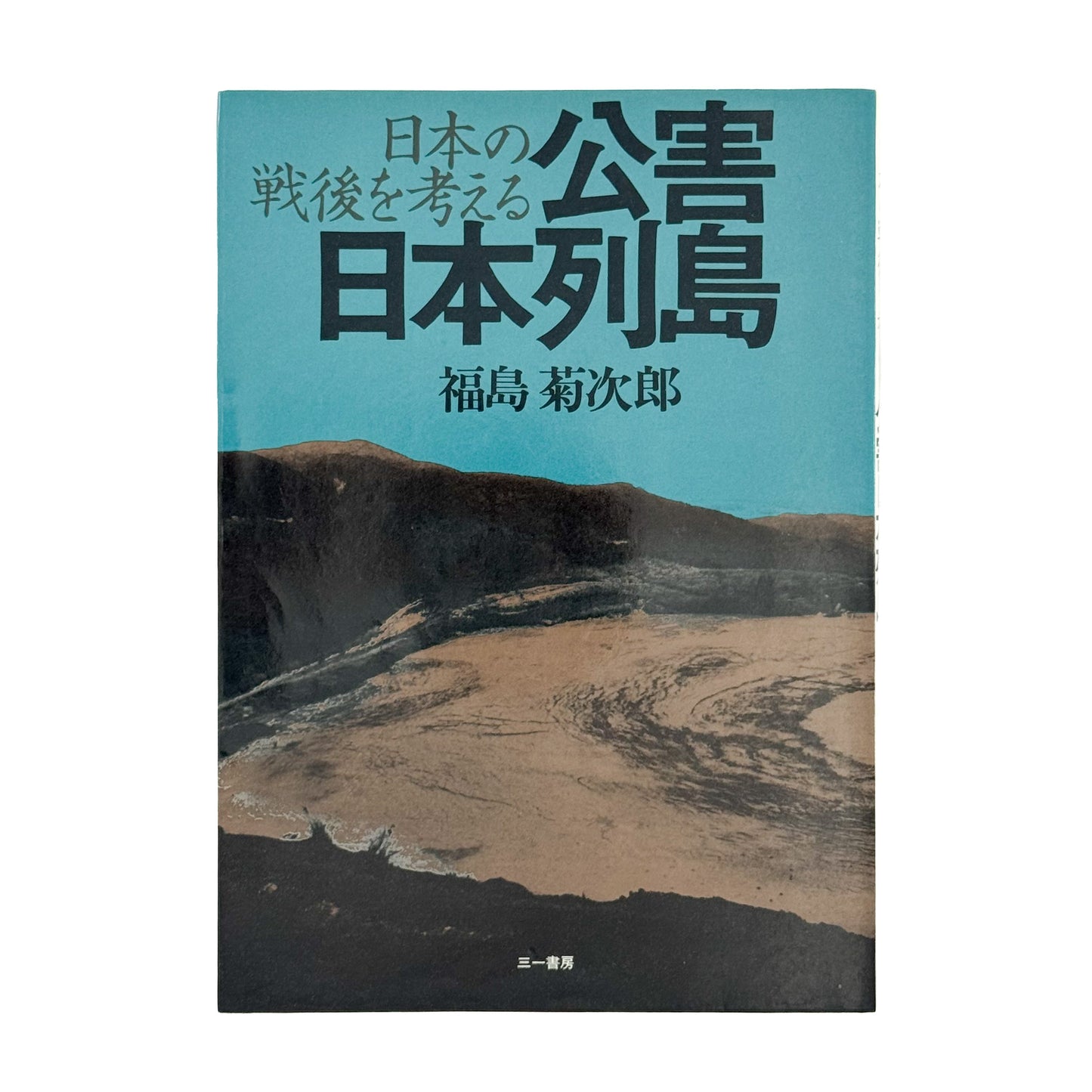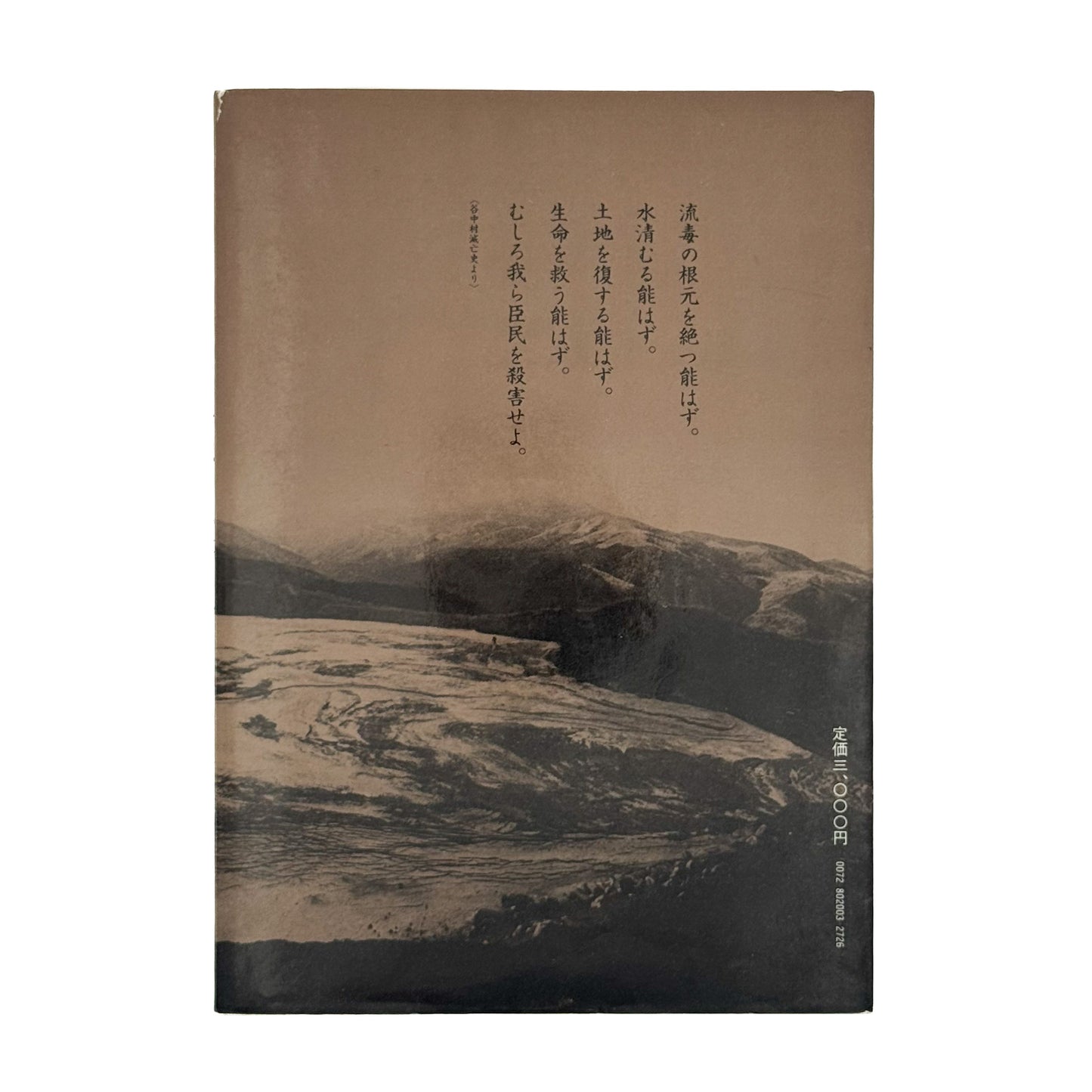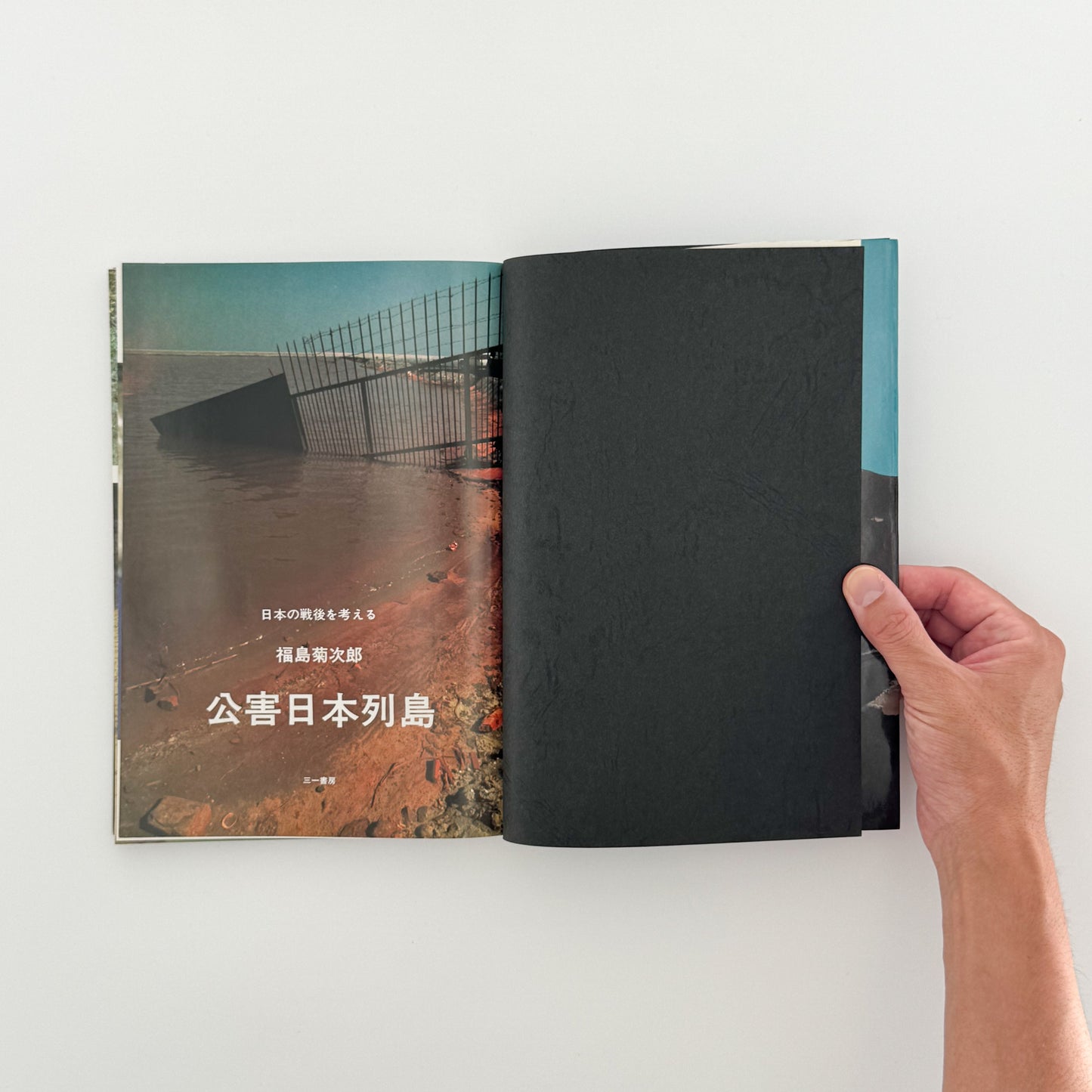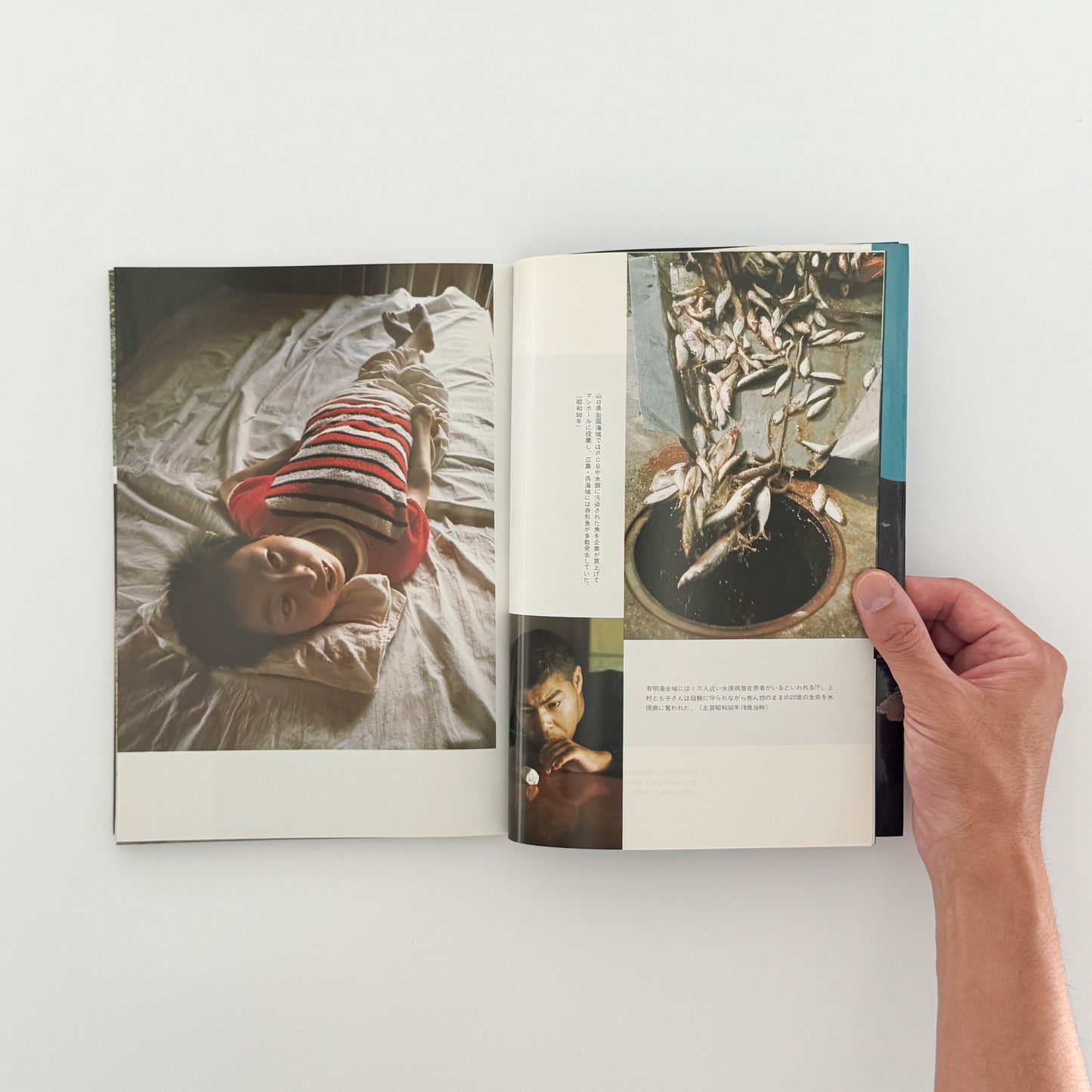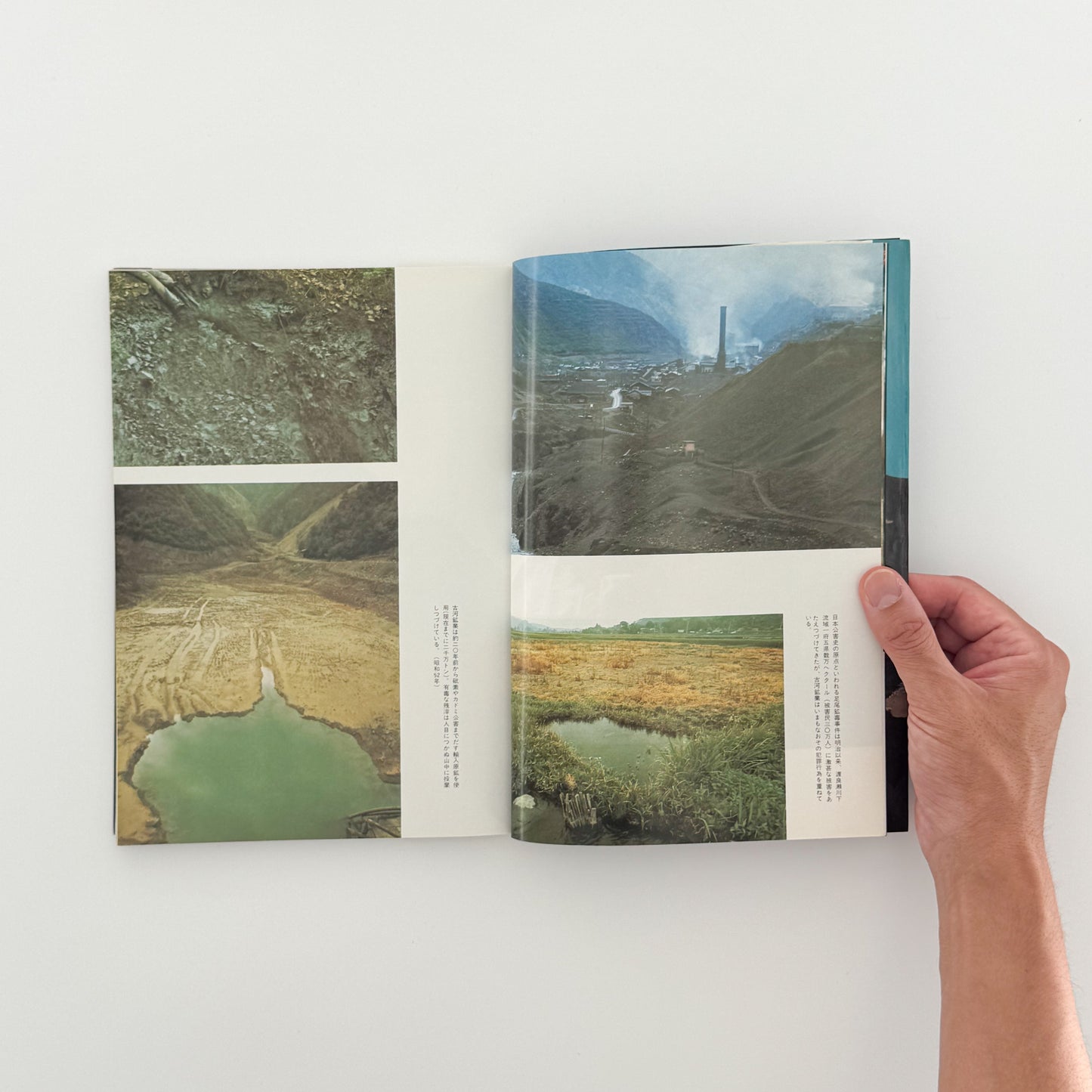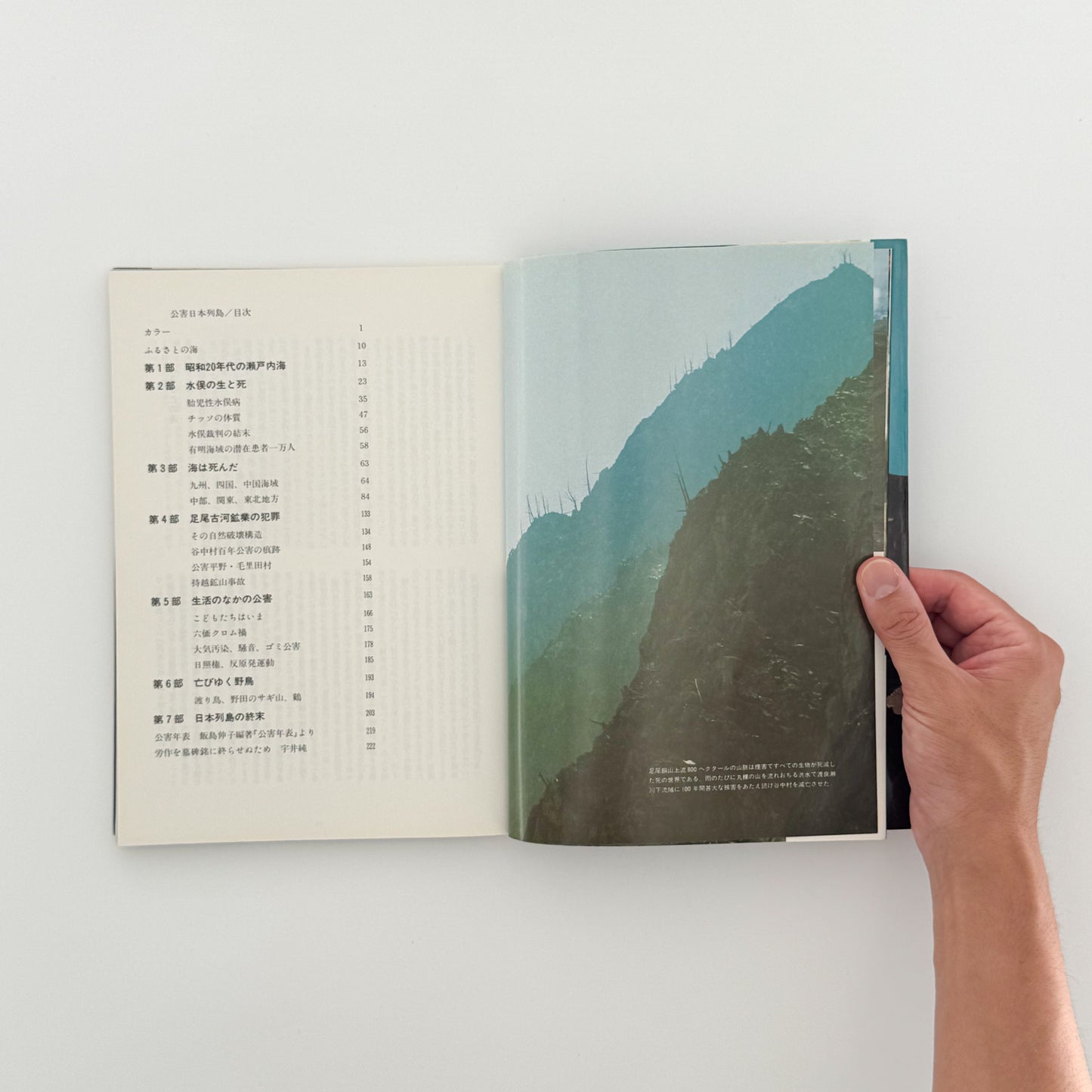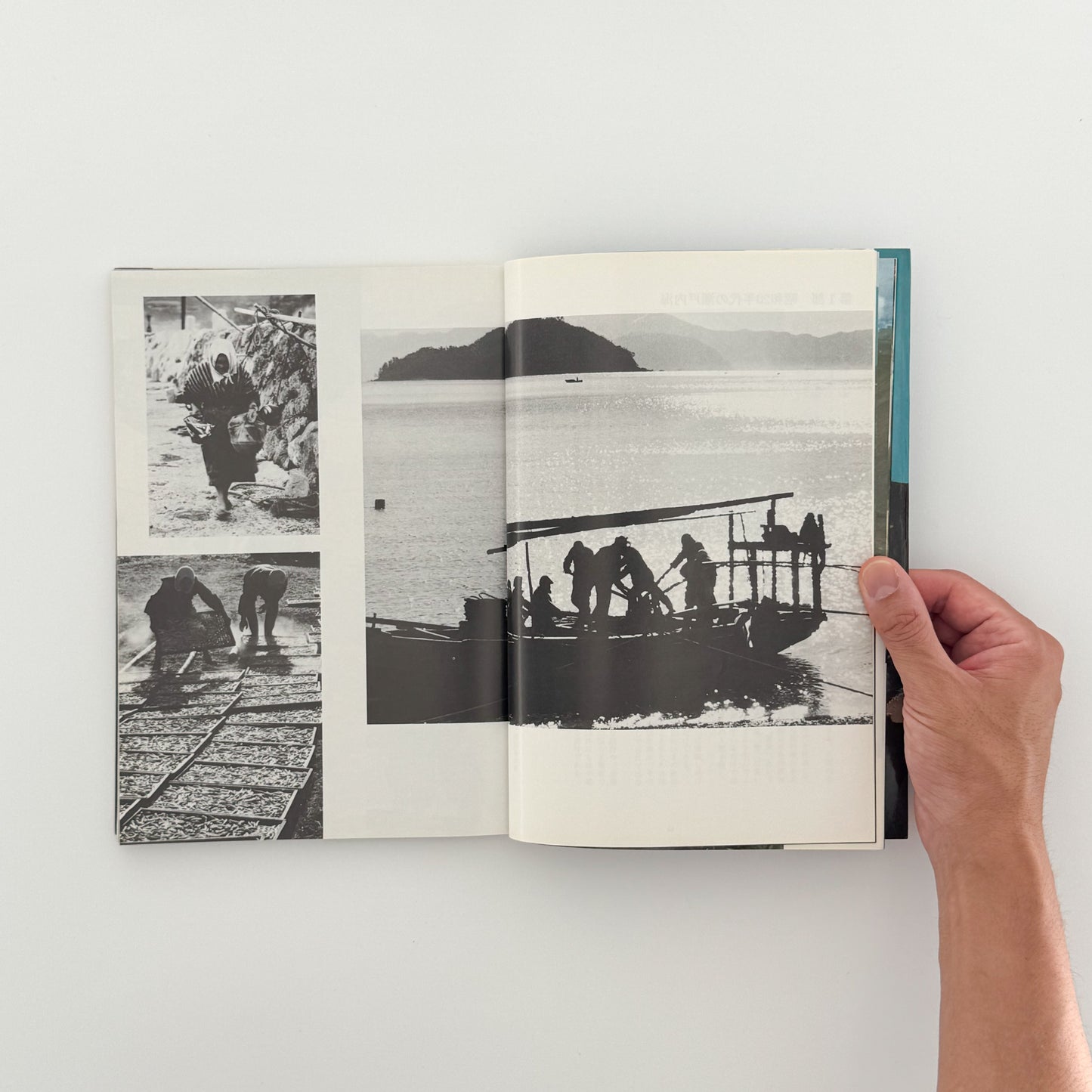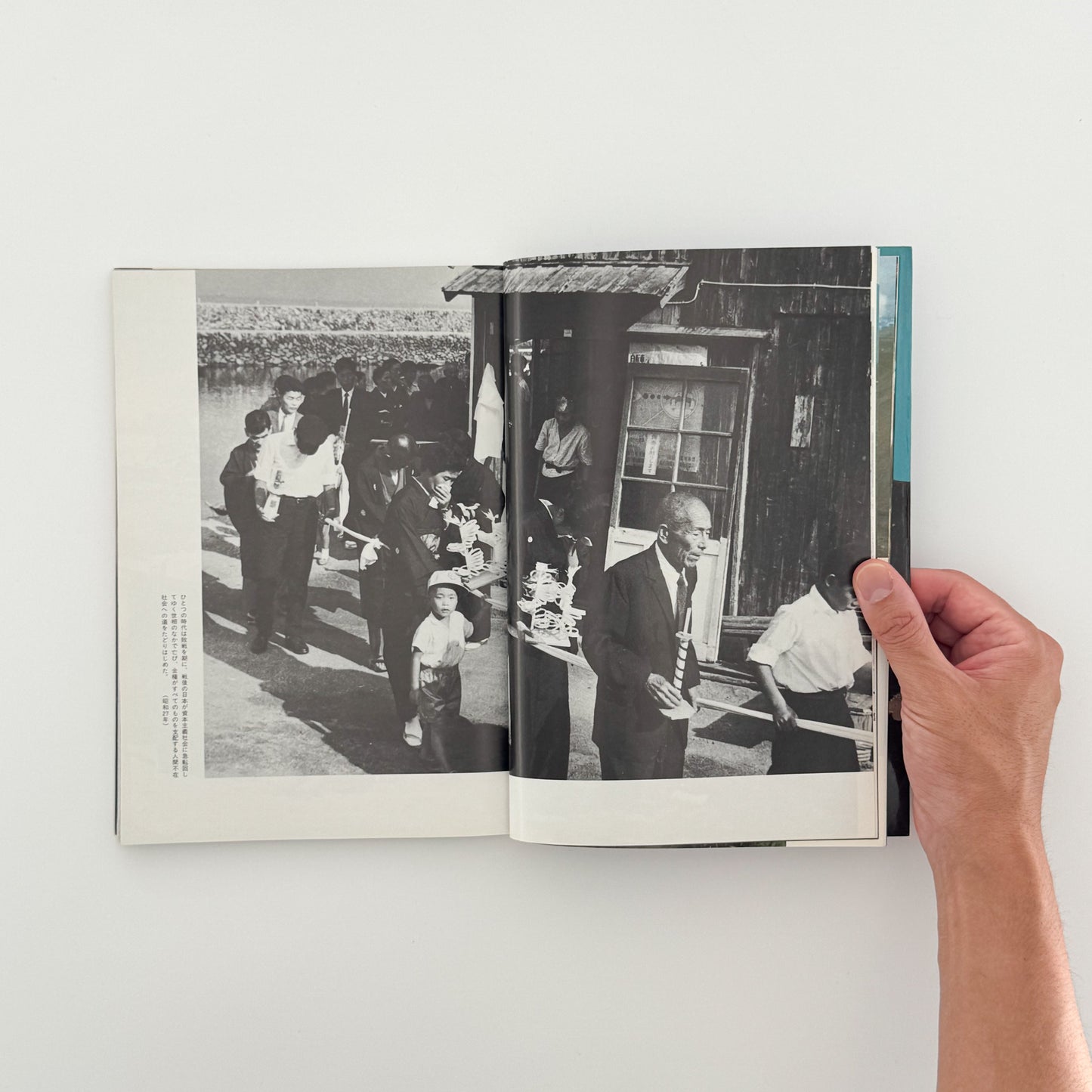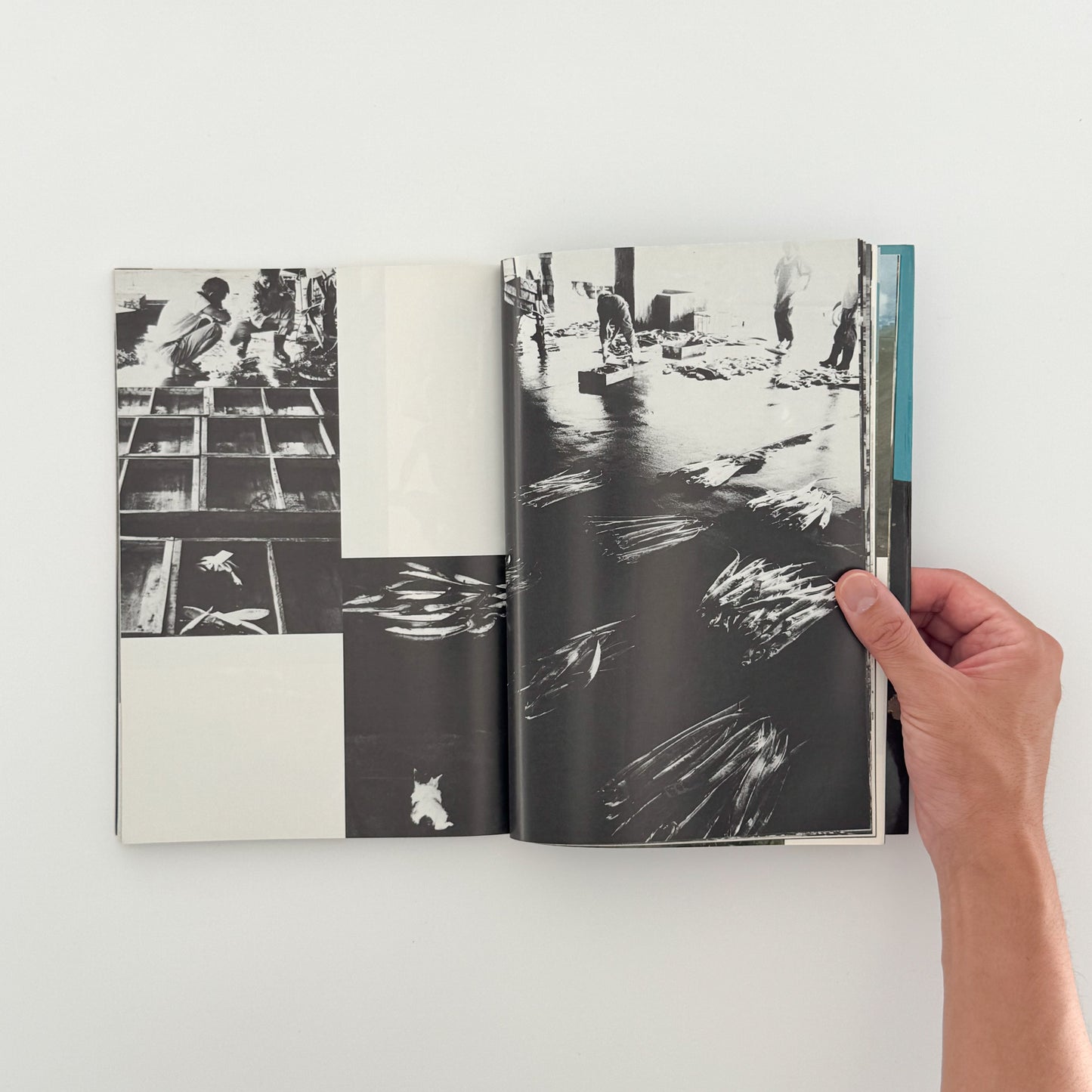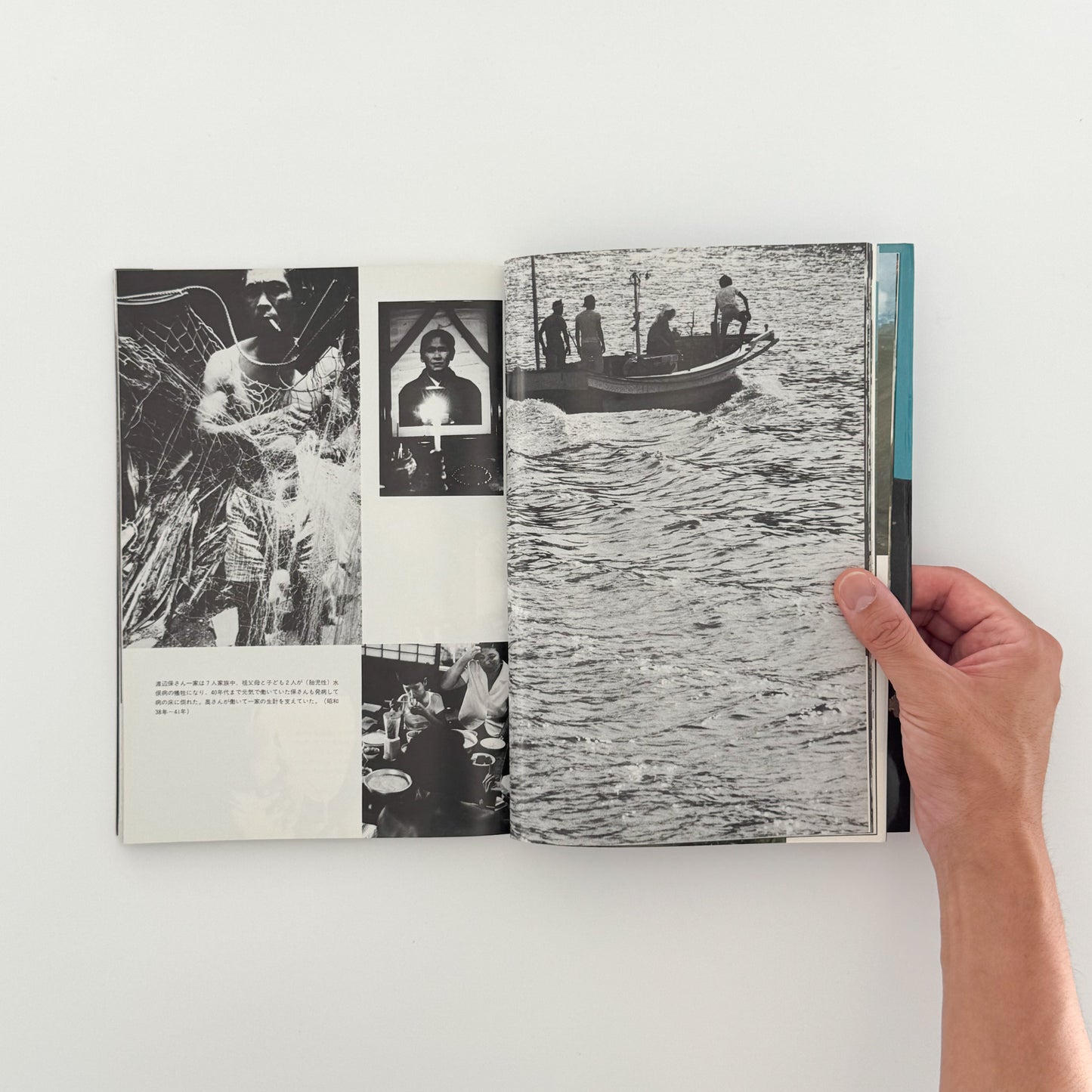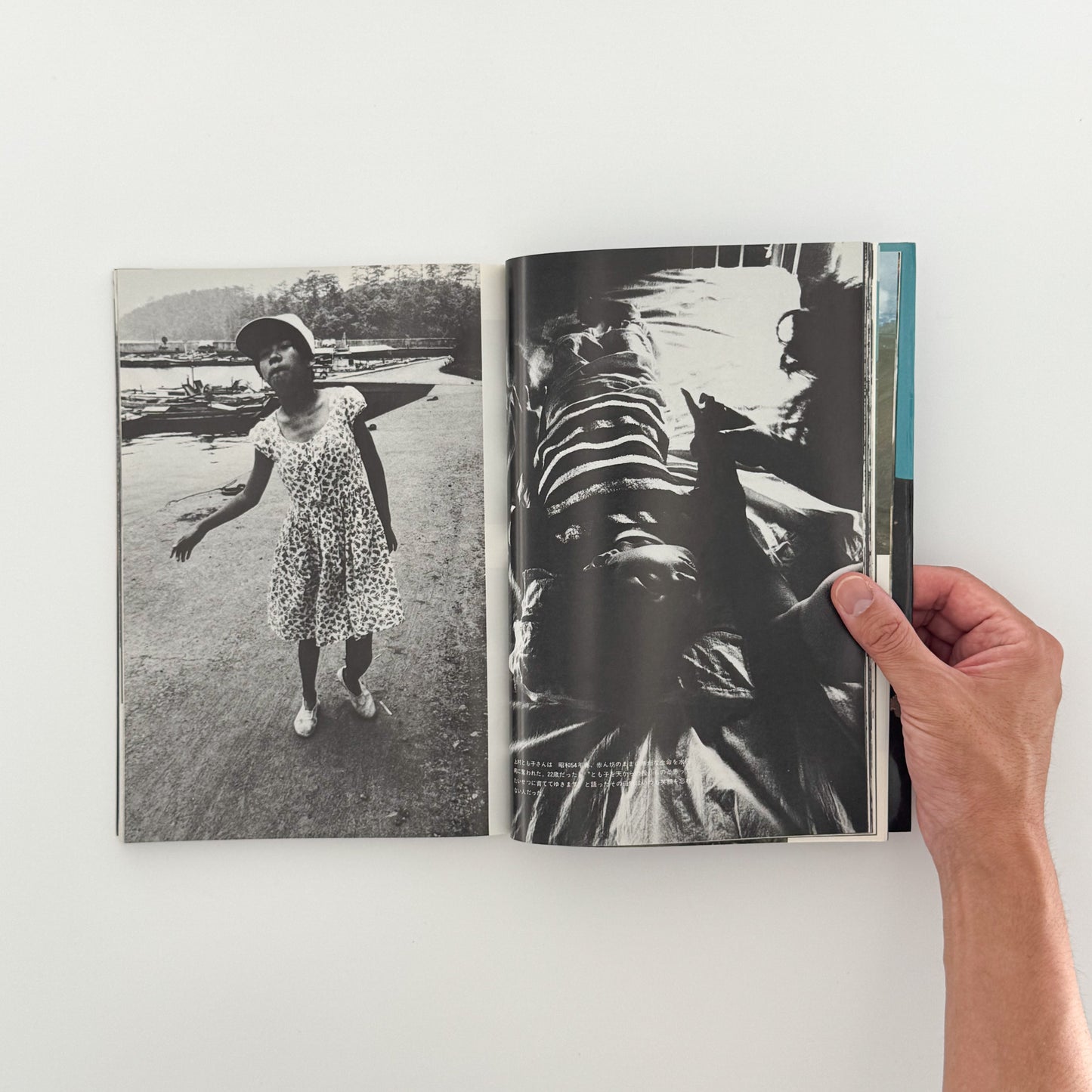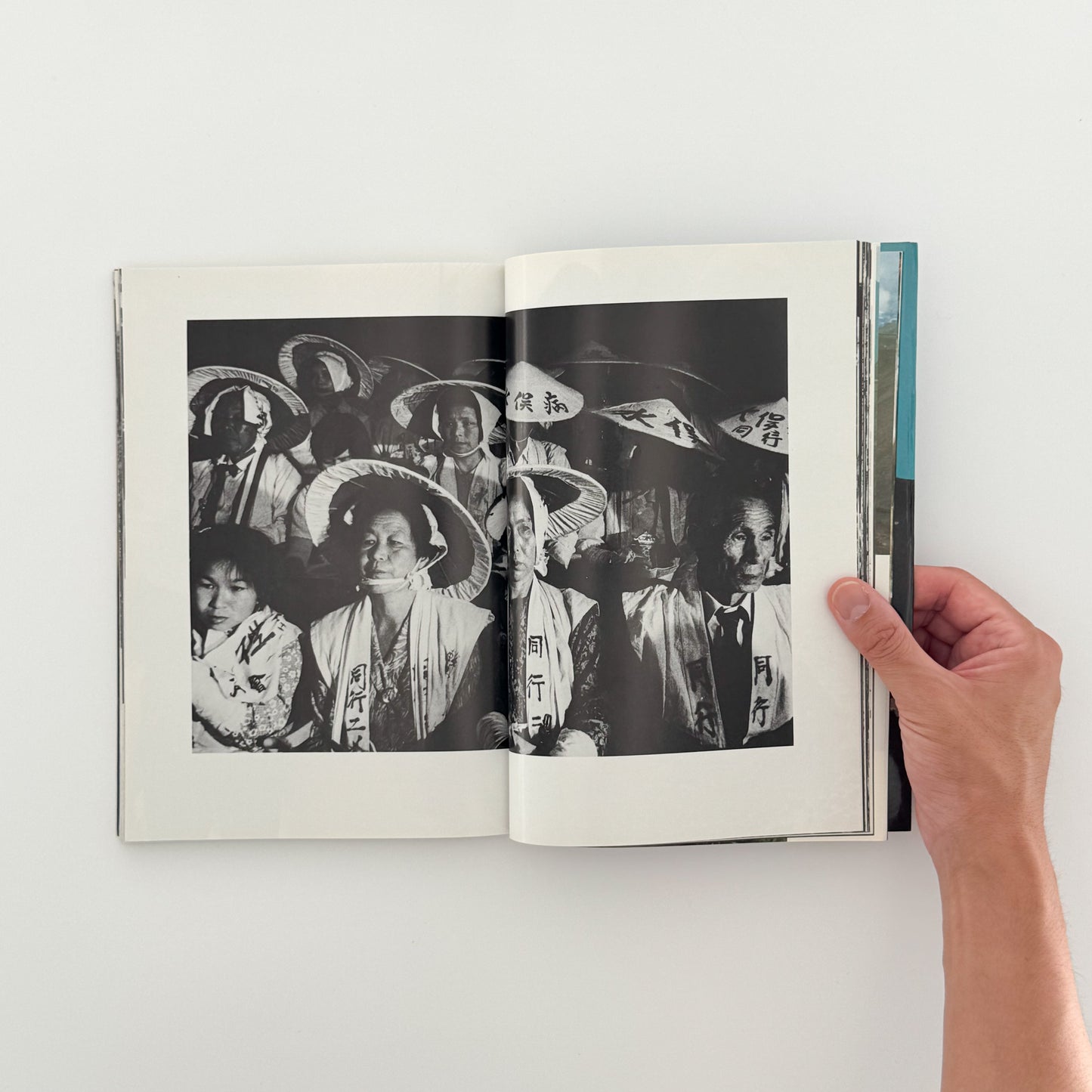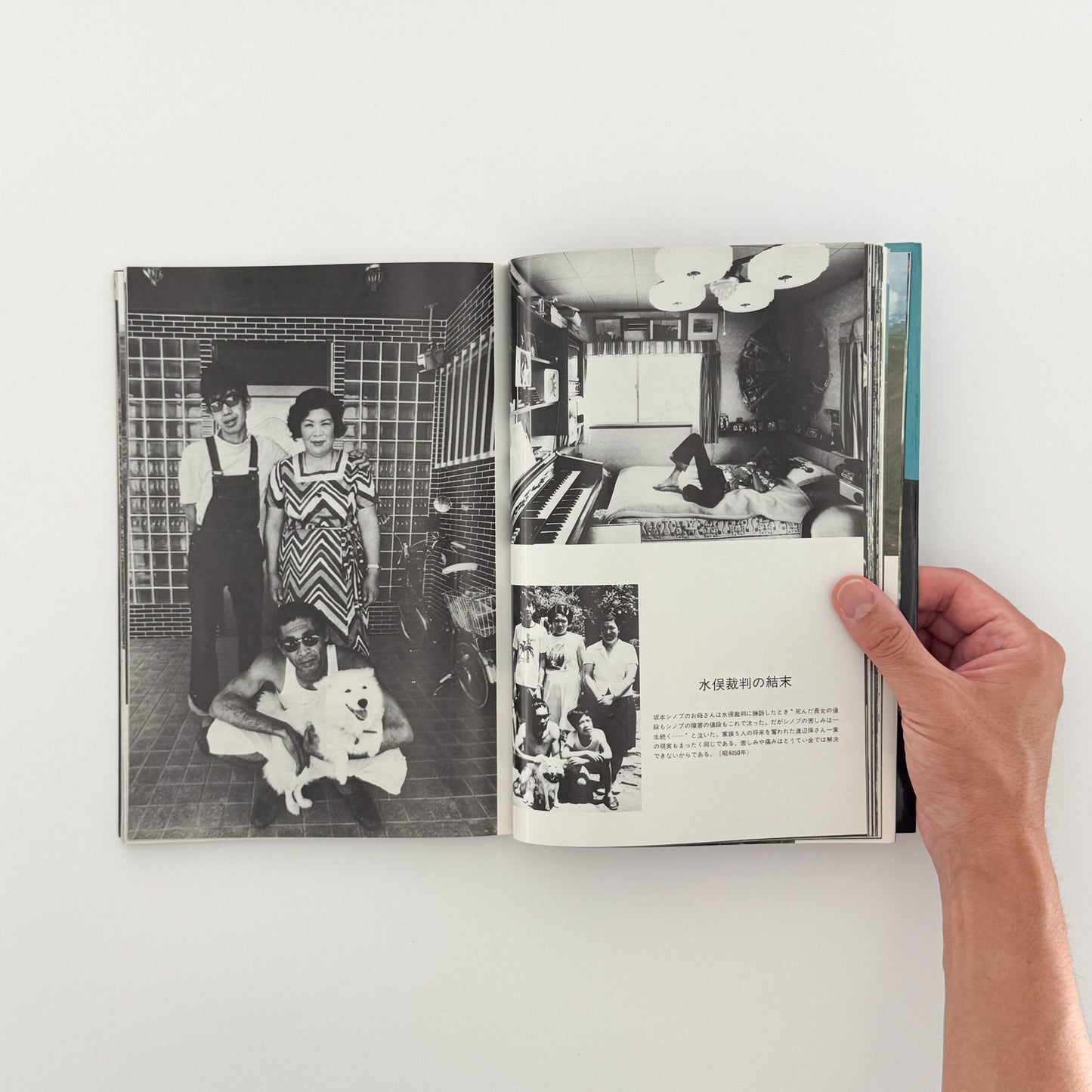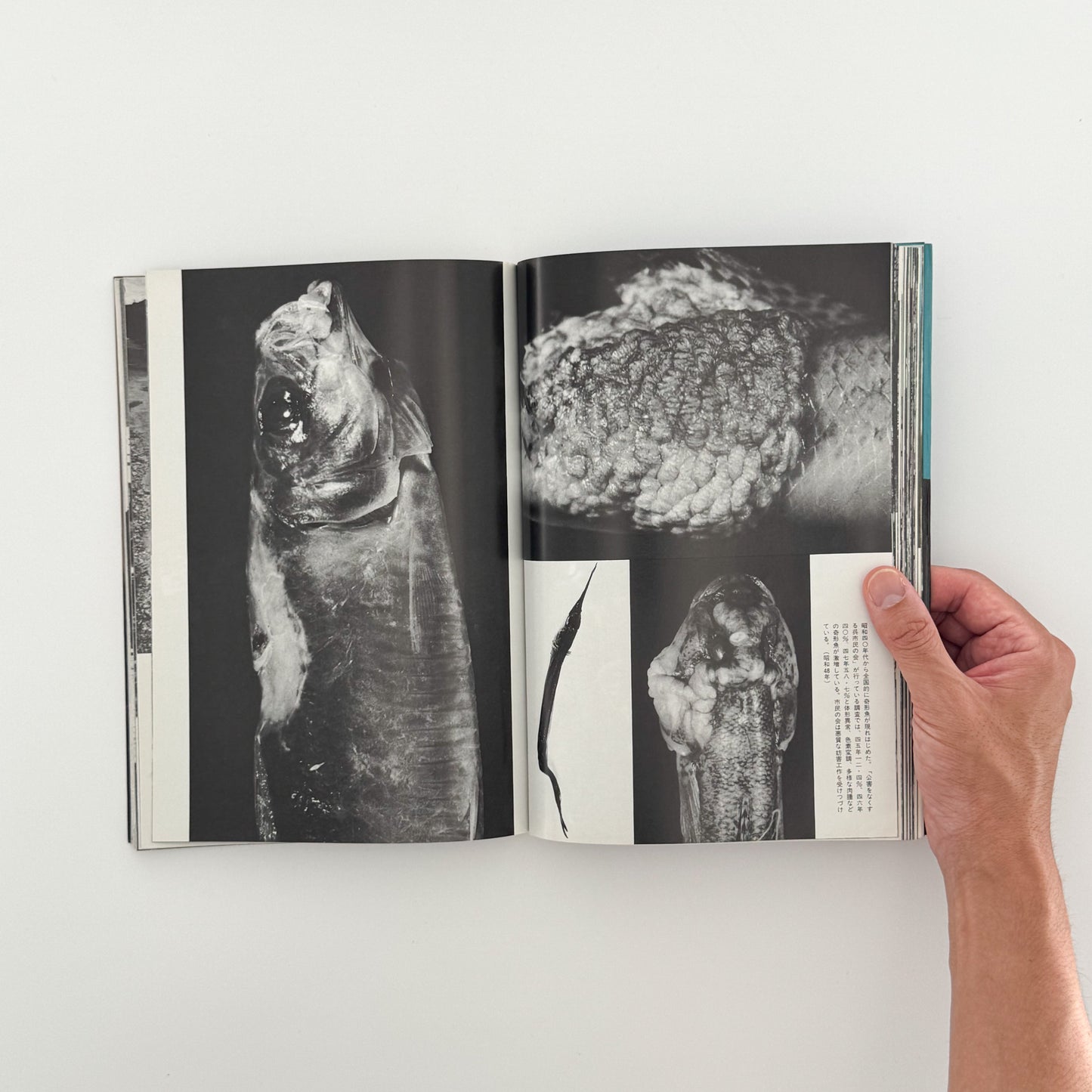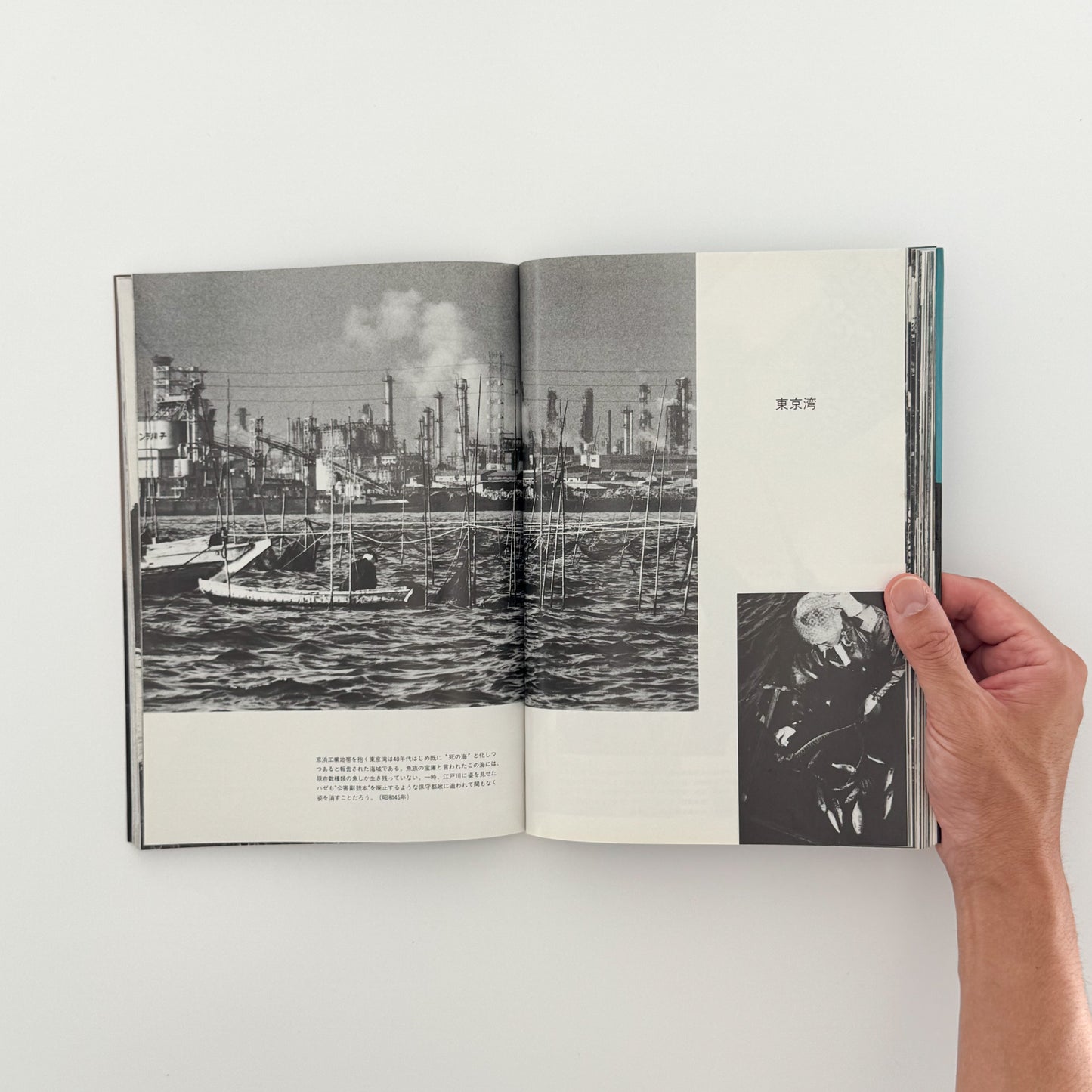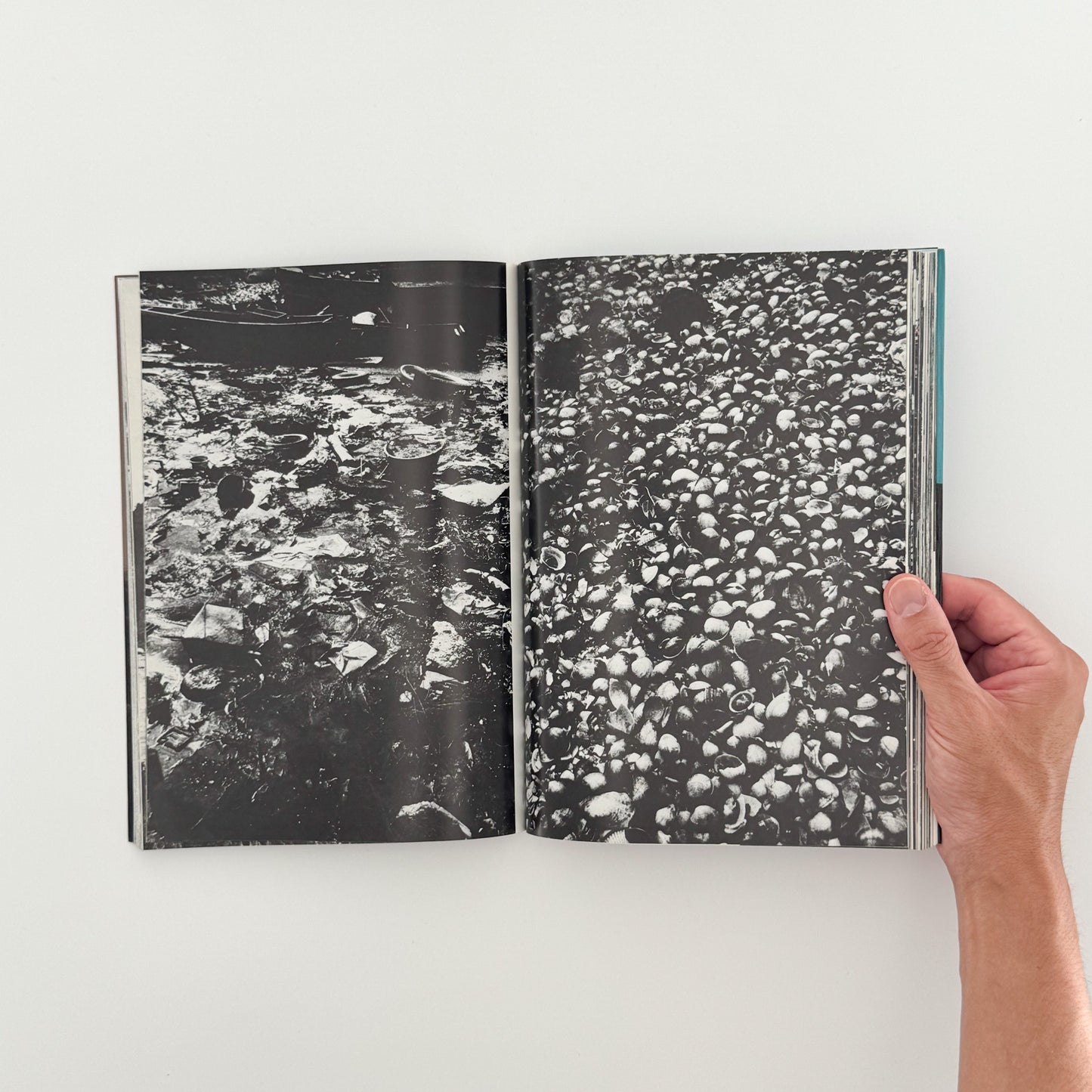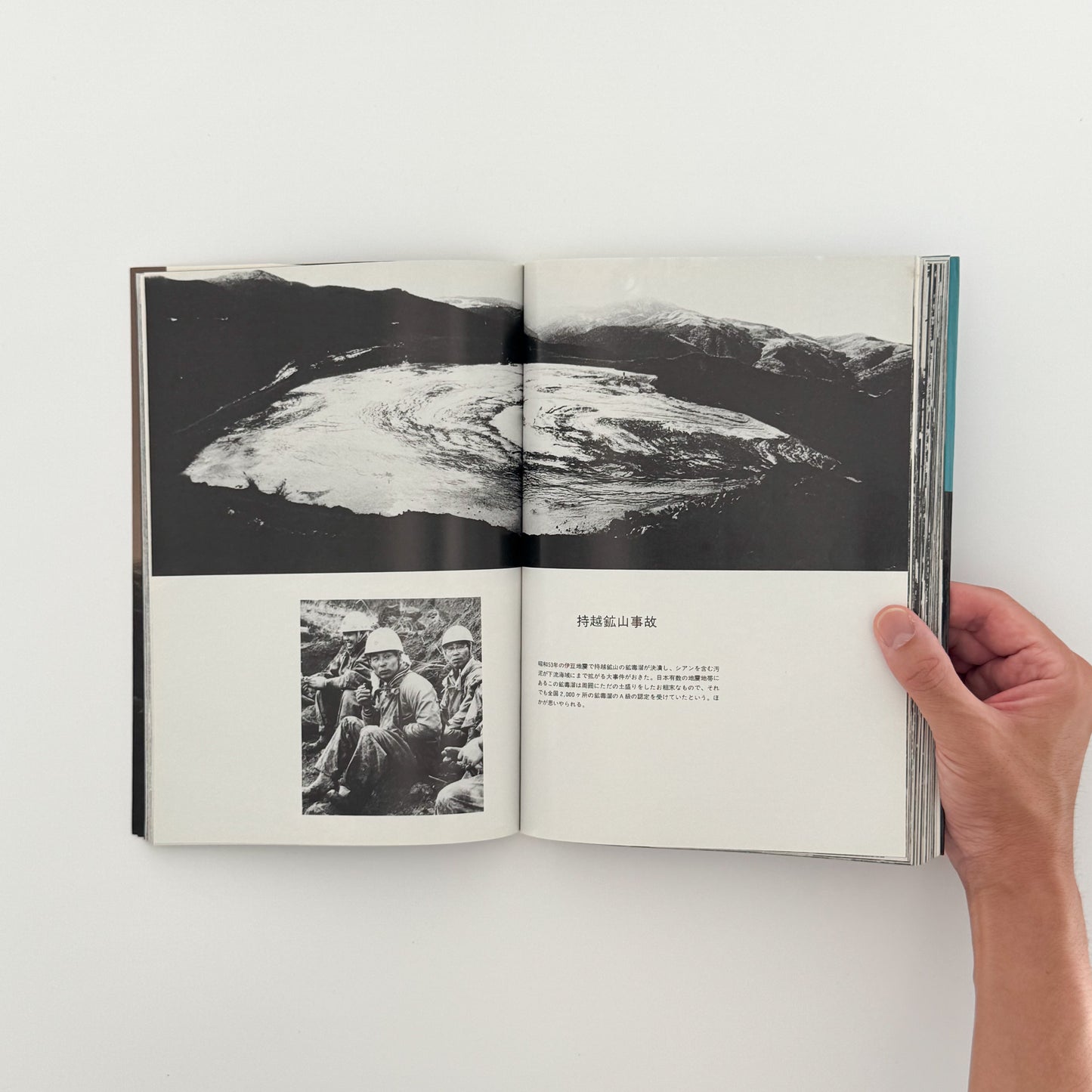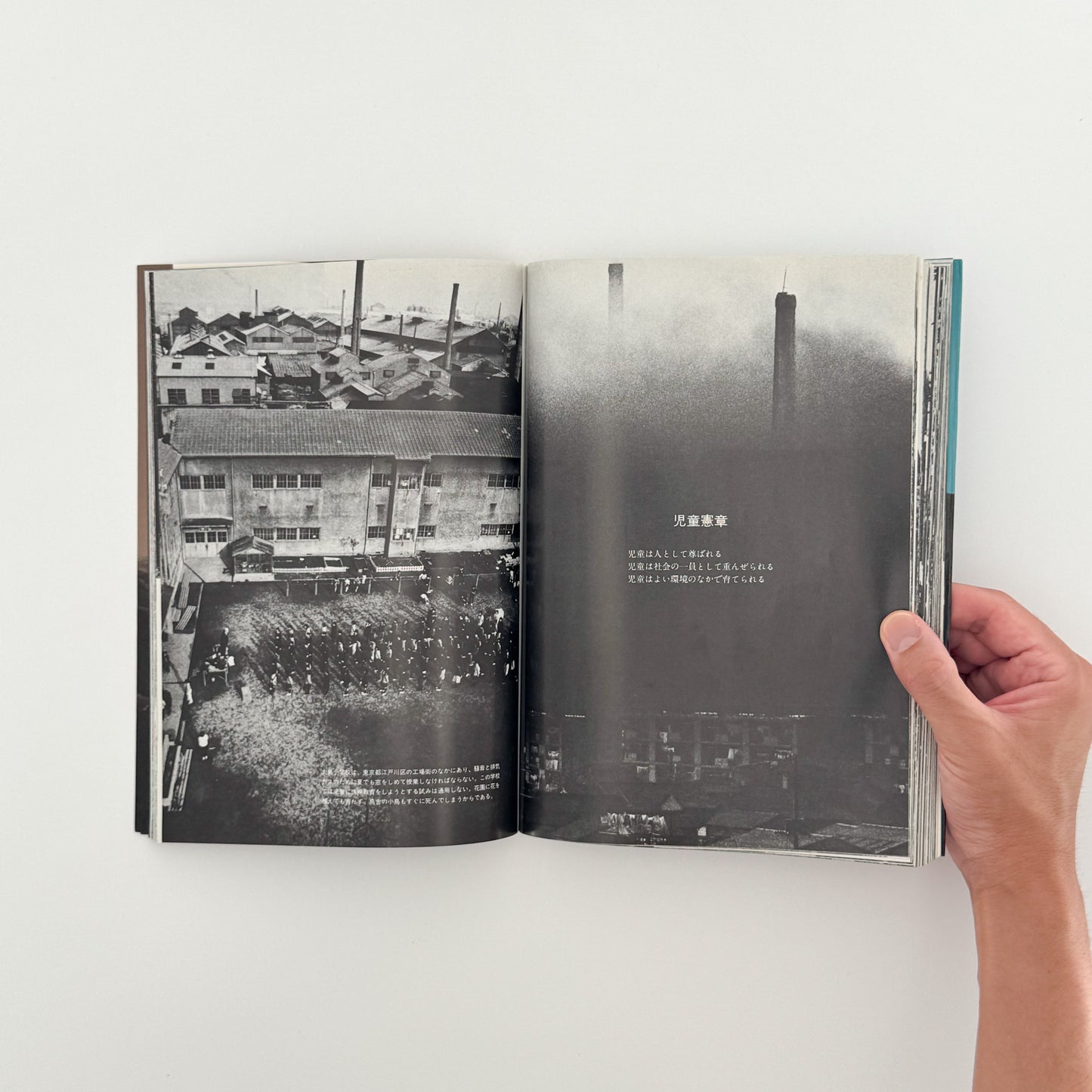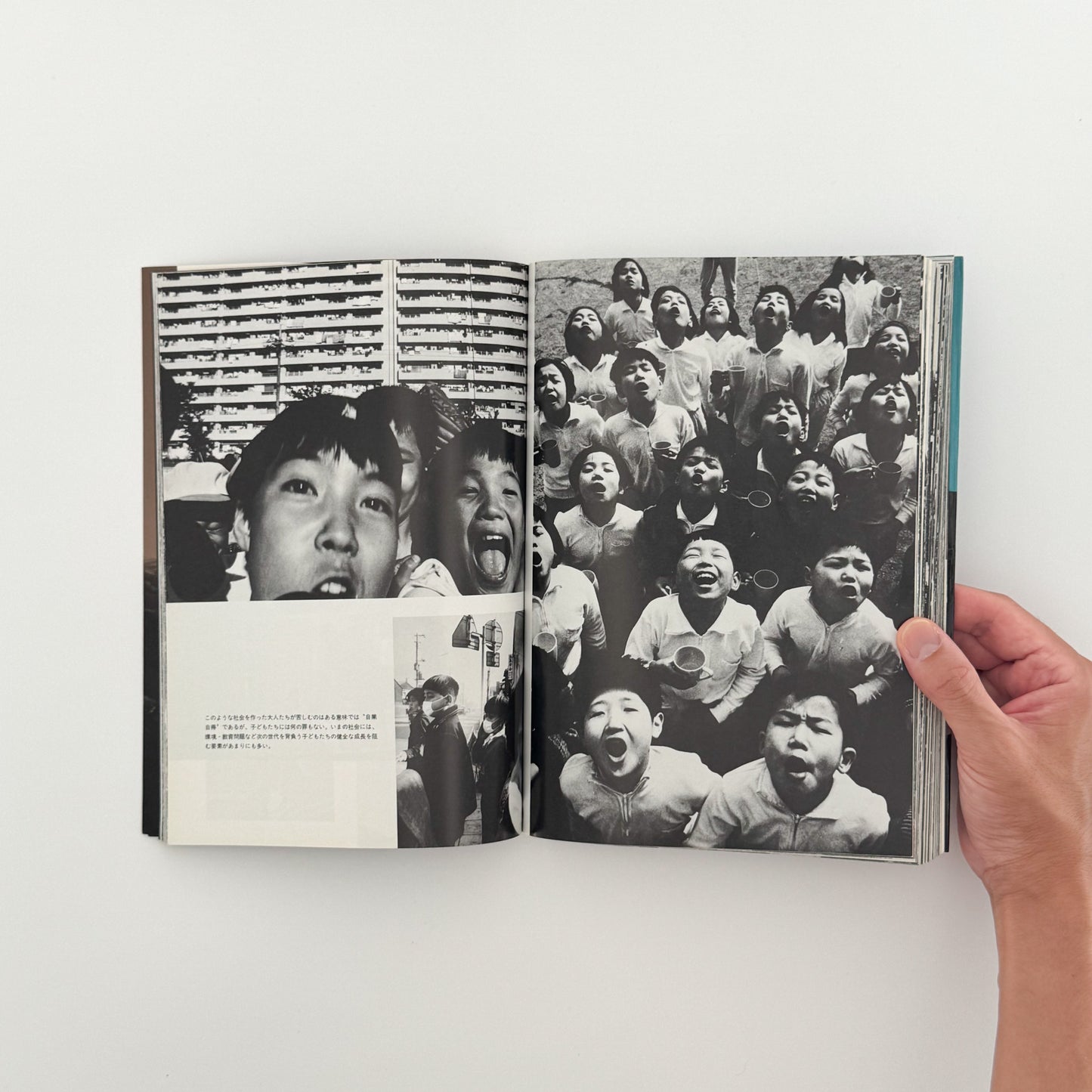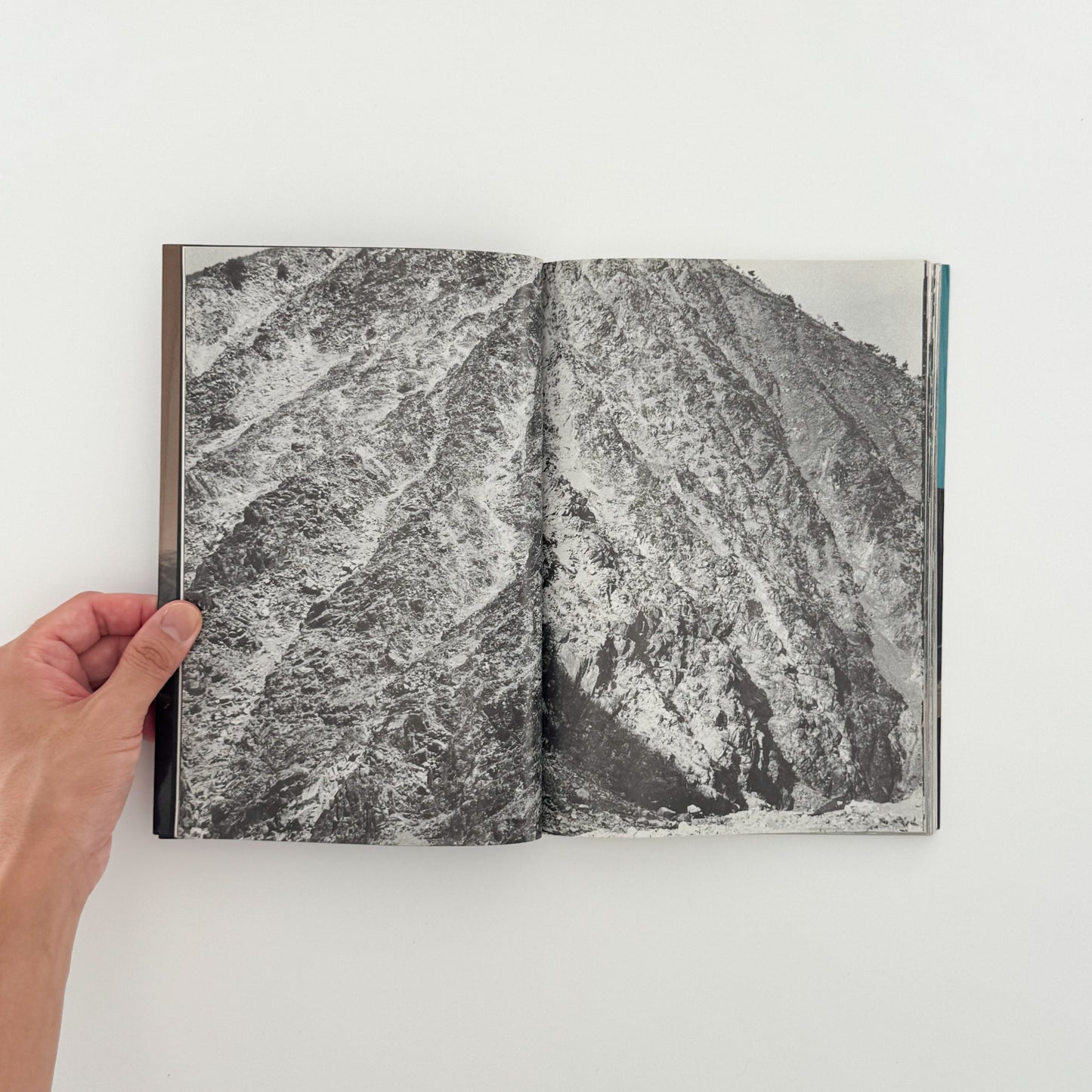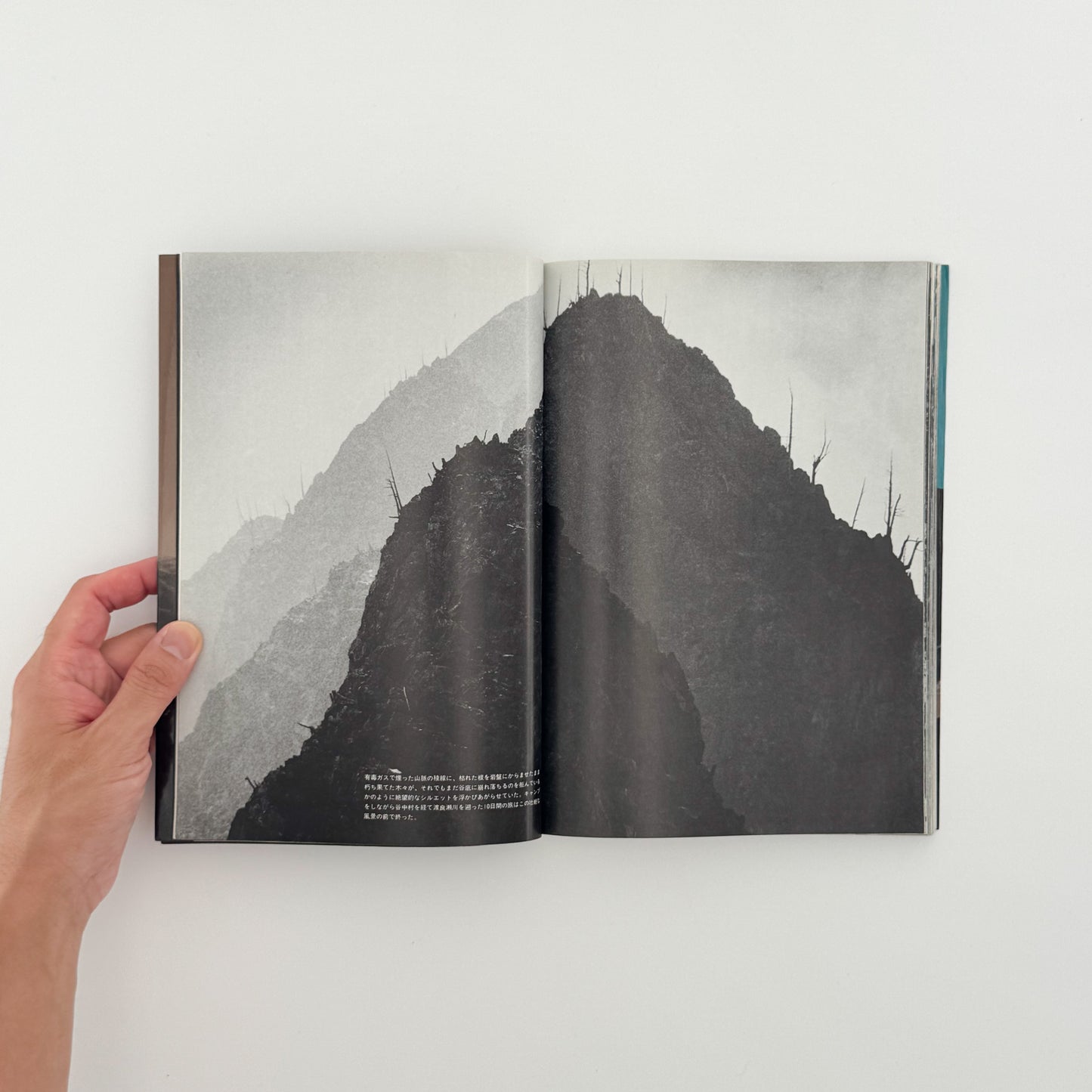Kogai Nihon Retto(Pollutions in Japan) by Kikujiro Fukushima
Kogai Nihon Retto(Pollutions in Japan) by Kikujiro Fukushima
Couldn't load pickup availability
Share
This photo collection features photographs taken by Kikujiro Fukushima, who covered various locations in Japan during the period of rapid economic growth, documenting the increasingly serious damage caused by pollution.
The film vividly portrays the large-scale pollution incidents that occurred in Yokkaichi, Omuta, Minamata, Niigata, Toyama, and other places, capturing the lives, struggles, and the reality of being forced into silence by the victims, all filmed on location.
This book is not only a social record that explores the light and shadow of "post-war Japan," but it is also an important resource for considering the ethics and significance of photojournalism.
[Title] The Archipelago of Pollution: Reflecting on Post-War Japan
[Publisher] Sanichi Shobo
[Publication Date] February 15, 1982 (First Edition, Second Printing)
[Number of pages] 223 pages
[Size] Approx. 25.7 x 18.5 x 1.3 cm, 0.64 kg
[Format] Softcover
[Title Reading] Foreigners in Japan: Thinking about Japan's War
[Author, Editor, etc.] Kikuichiro Fukushima / Author,
[Printing] Akatsuki Fine Arts Printing
[ISBN]
[Condition] Used 【 5 】Average (minor tear on top of cover, otherwise good)
[Accessories] None
[Published in]
[Related Exhibitions]
Kikujiro Fukushima (1921-2015)
Born in Kudamatsu, Yamaguchi Prefecture, on March 15, 1921.
After her father's death, she went to Tokyo to work, but returned home in 1940.
He was drafted in 1944 and the war ended while he was in Kyushu.
I opened a watch shop in my hometown.
After the war, he became a welfare worker and, while covering the lives of people in need for a photo exhibition to collect relief supplies, he began photographing people suffering from the effects of war, such as atomic bomb survivors and war orphans.
He established his reputation with the photo album "Picadon: A Record of an Atomic Bomb Victim" (1961), which he created by commuting from his hometown of Shimonoseki to Hiroshima for 10 years to cover the suffering of atomic bomb survivors and their families, and then moved to Tokyo.
He consistently took an anti-establishment stance, covering the Sanrizuka Struggle against the construction of Narita Airport, the student movement, pollution, the Self-Defense Forces, and the military-industrial complex.
From 1982, he based himself in Yamaguchi Prefecture and also focused his camera on the anti-nuclear power movement in Ikishima, Kamikatsu-cho.
He died on September 24, 2015, in Yanai City, Yamaguchi Prefecture.
